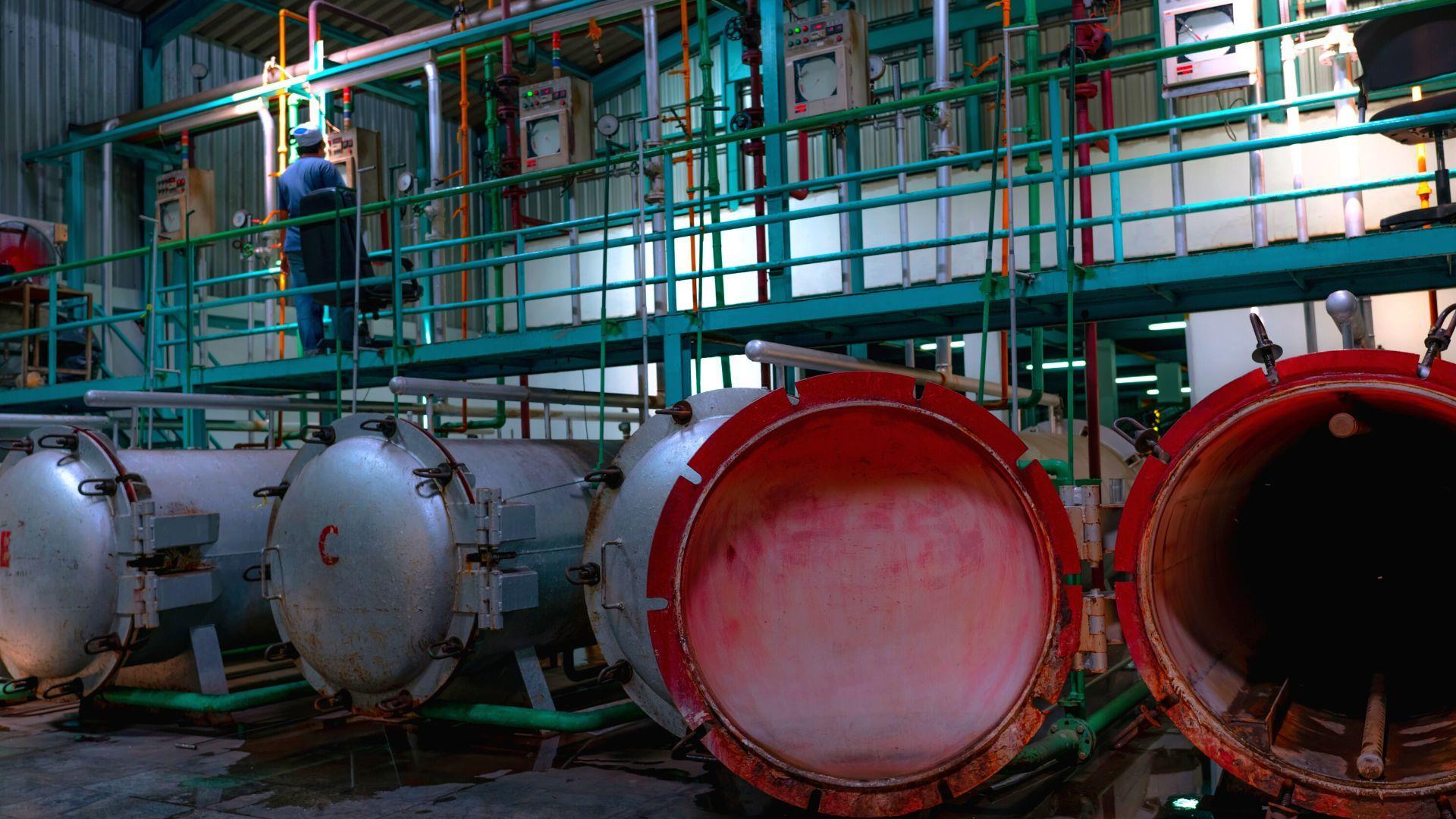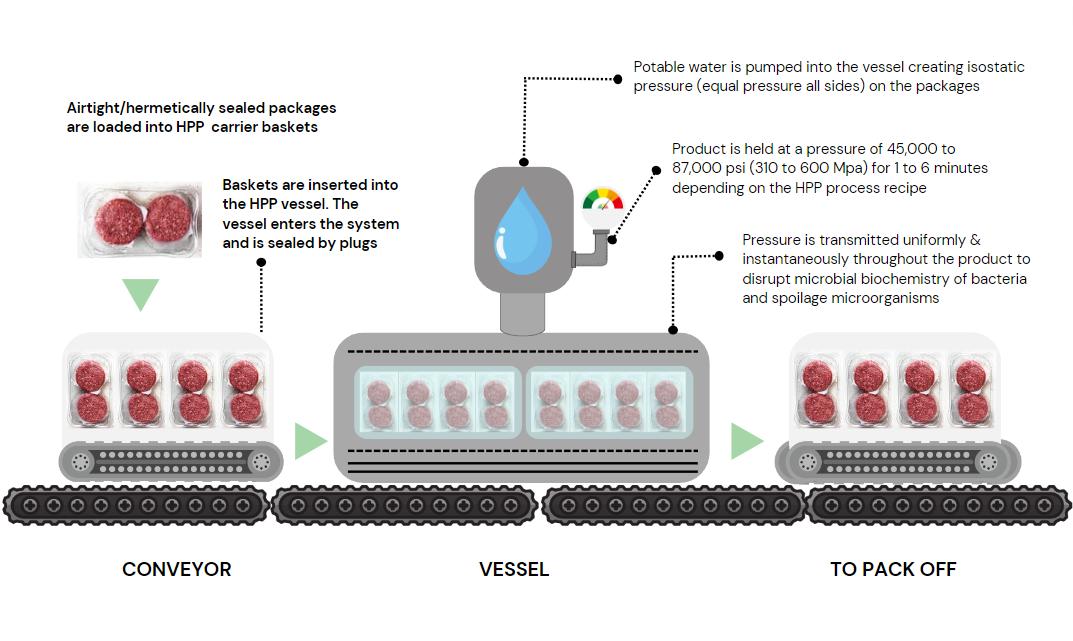





Novel Technologies Report - #01 Date: 12th August, 2022 Pepgra Healthcare © 2022 | www.foodresearchlab.com | Info@foodresearchlab.com HIGH PRESSURE PROCESSING
• High-pressure processing (HPP) is a “non thermal” food preservation technique that inactivates harmful pathogens and vegetative spoilage microorganisms by using pressure rather than heat to effect pasteurization. HPP utilizes intense pressure (about 400–600 MPa) at chilled or mild process temperatures (<45°C), allowing most foods to be preserved with minimal effects on taste, texture, appearance, or nutritional value.

• High-pressure processing is also referred to as high-hydrostatic-pressure processing (HHP) or ultra-high-pressure processing (UHP).


DEFINITION Pepgra Healthcare © 2022 | www.foodresearchlab.com | Info@foodresearchlab.com
APPLICATION


• Applications of HPP include its use as a “cold pasteurization” method for fruit juices, a means of sanitizing packaged ready-to-eat meats, and inactivation of spoilage enzymes to enhance refrigeration shelf-life of avocados and guacamole. High pressure can also separate raw shellfish meat from its shell.

Pepgra Healthcare © 2022 | www.foodresearchlab.com | Info@foodresearchlab.com
• The Le Chatelier’s principle states that ‘if a change in conditions is applied on a system in equilibrium, then the system will try to counteract that change and restore the equilibrium’.The Isostatic principle states that the HPP is volume-independent; therefore, pressure is transmitted instantaneously and uniformly throughout a sample, and pressure is gradients do not exist, so that the size and geometry of the product is irrelevant. Typically, HPP of food is carried out at 300–600 Mega Pascals (MPa) at the room temperature for 2–30 min.



Pepgra Healthcare © 2022 | www.foodresearchlab.com | Info@foodresearchlab.com
PRINCIPLE
MECHANISM OF INACTIVATION OF MICROORGANISMS
• A major function of high-pressure processing of food is destruction of microorganisms. Microbial cell destruction can be attributed to the following detrimental changes that take place when pressure is applied

• Irreversible structural changes of the membrane proteins and other macromolecules leading to cell membranes destruction
• Disruption of homogeneity of the intermediate layer between the cell wall and the cytoplasmic membrane

• Inactivation of membrane ATPase

Pepgra Healthcare © 2022 | www.foodresearchlab.com | Info@foodresearchlab.com
EQUIPMENT
Typically, the HPP equipment has the following necessary components
• a pressure vessel and its closure

• a pressure generation system
• a temperature control device

• a material handling system
Most pressure vessels for HPP applications are made from a high tensile steel alloy and called ‘monoblocs’ (forged from a single piece of material), able to withstand pressures of 400–600 MPa.
For higher pressures, several designs and configurations like “pre-stressed multi-layer or wire-wound vessels” are used

Pepgra Healthcare © 2022 | www.foodresearchlab.com | Info@foodresearchlab.com
HOW HPP WORKS




Pepgra Healthcare © 2022 | www.foodresearchlab.com | Info@foodresearchlab.com



THANK YOU M1. 20% Pepgra Healthcare © 2022 | www.foodresearchlab.com | Info@foodresearchlab.com











